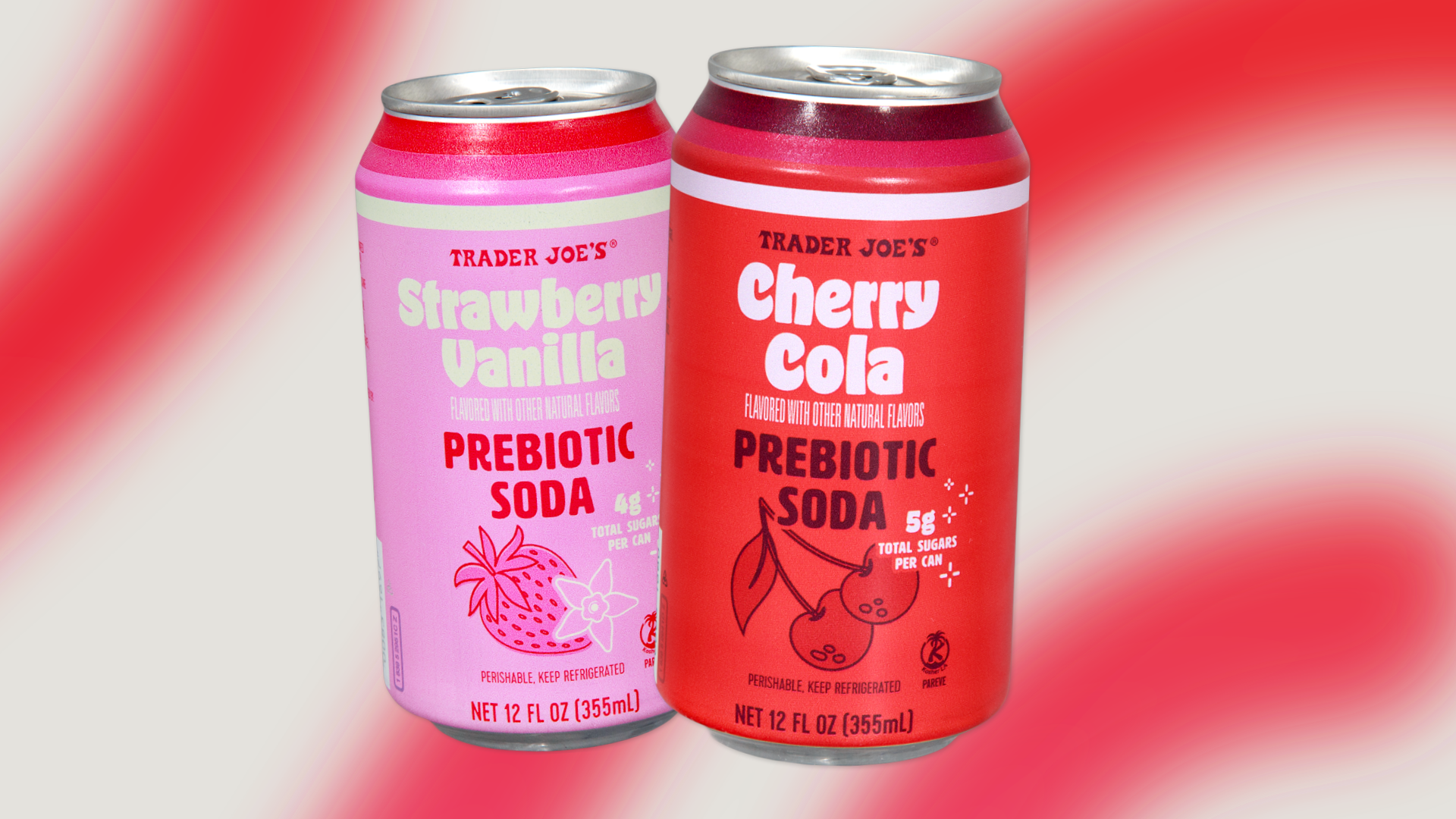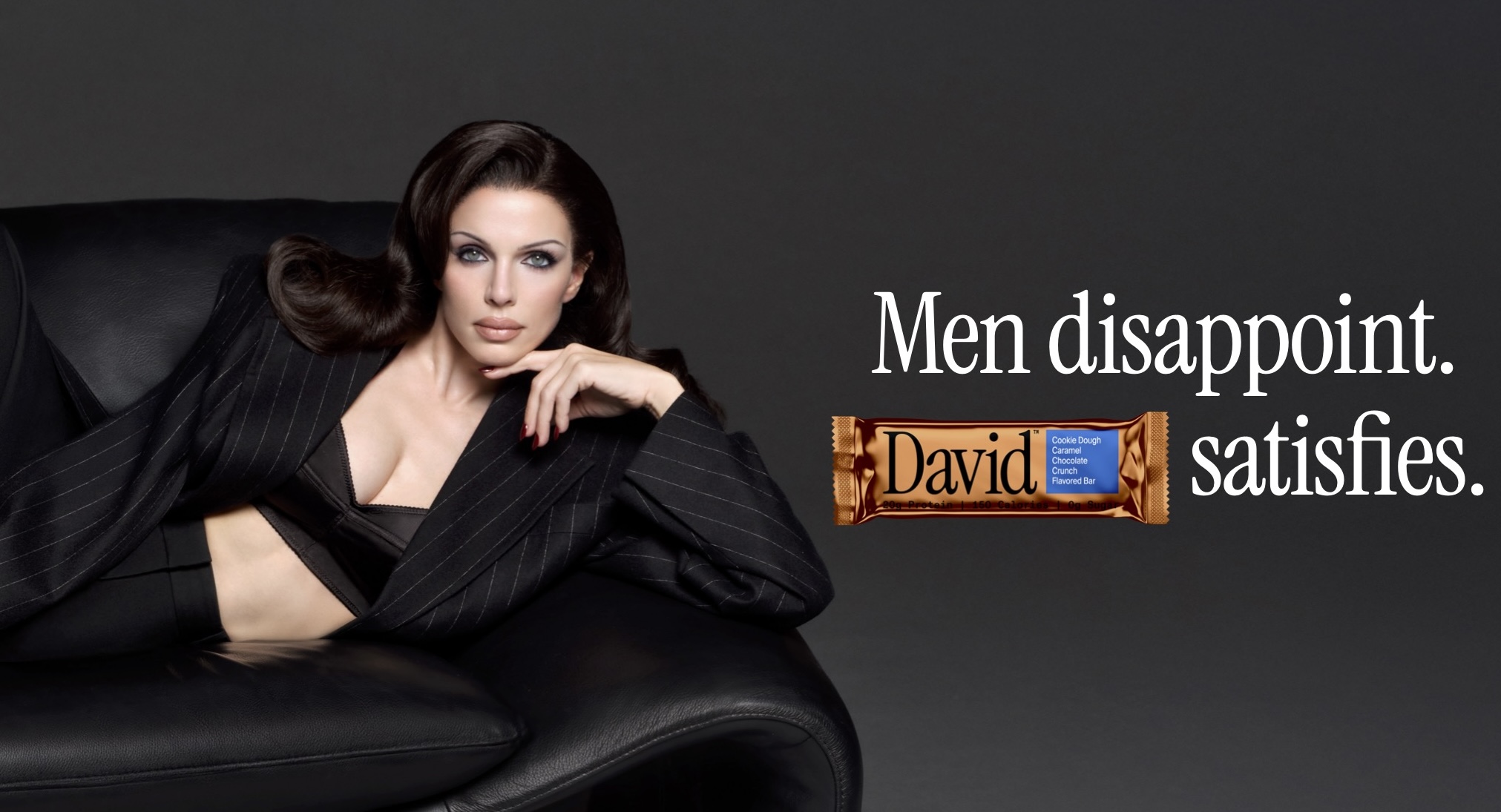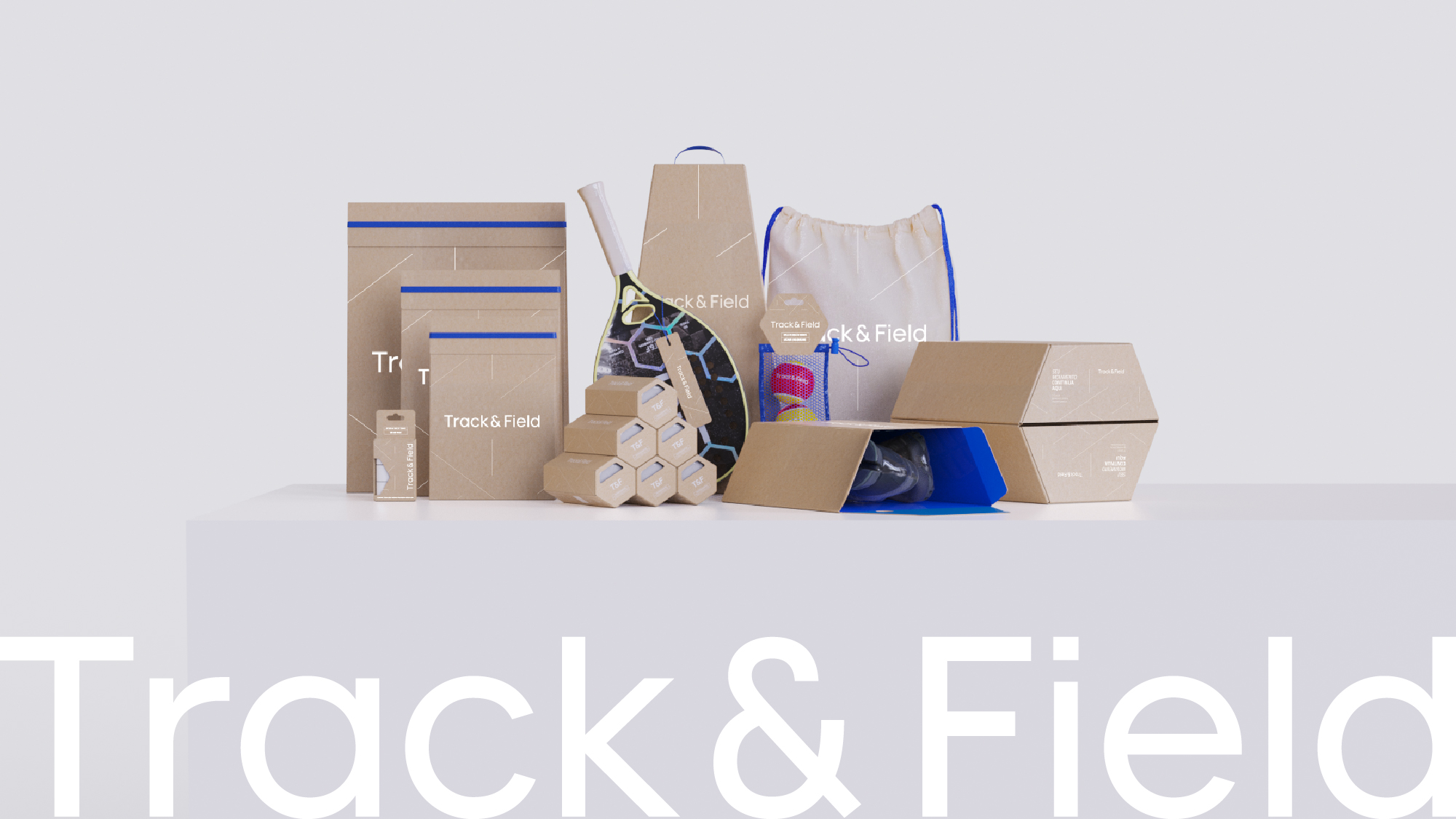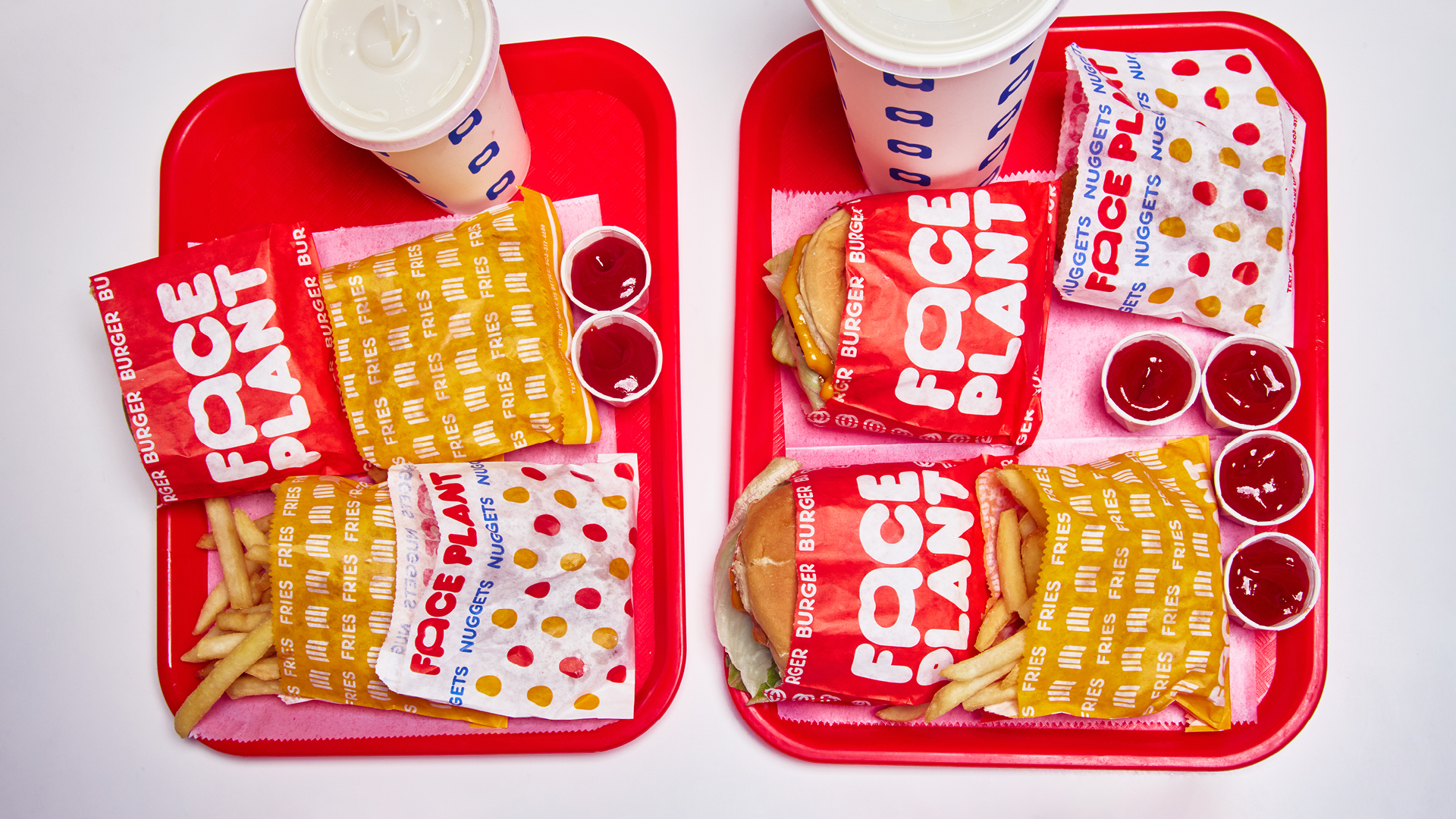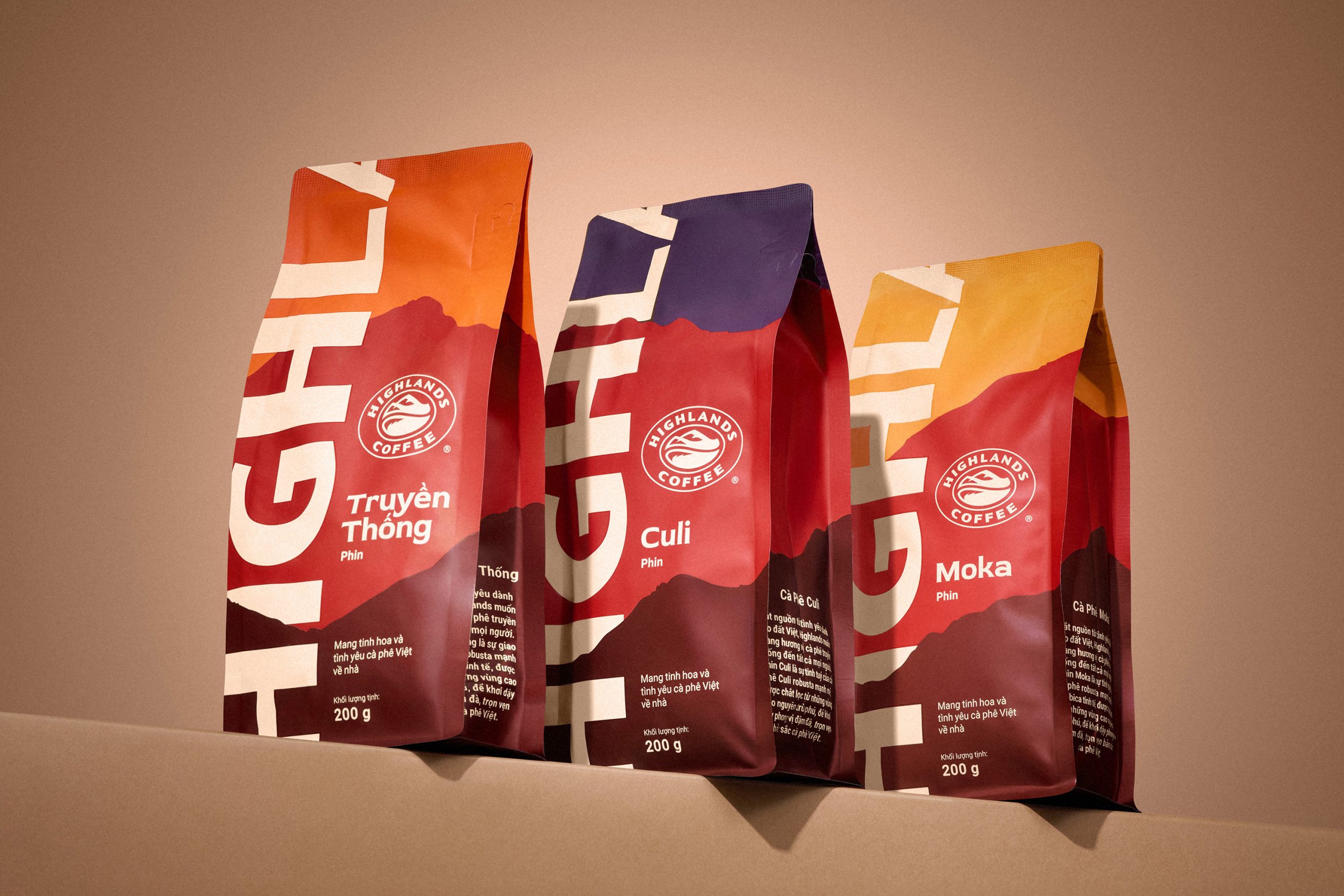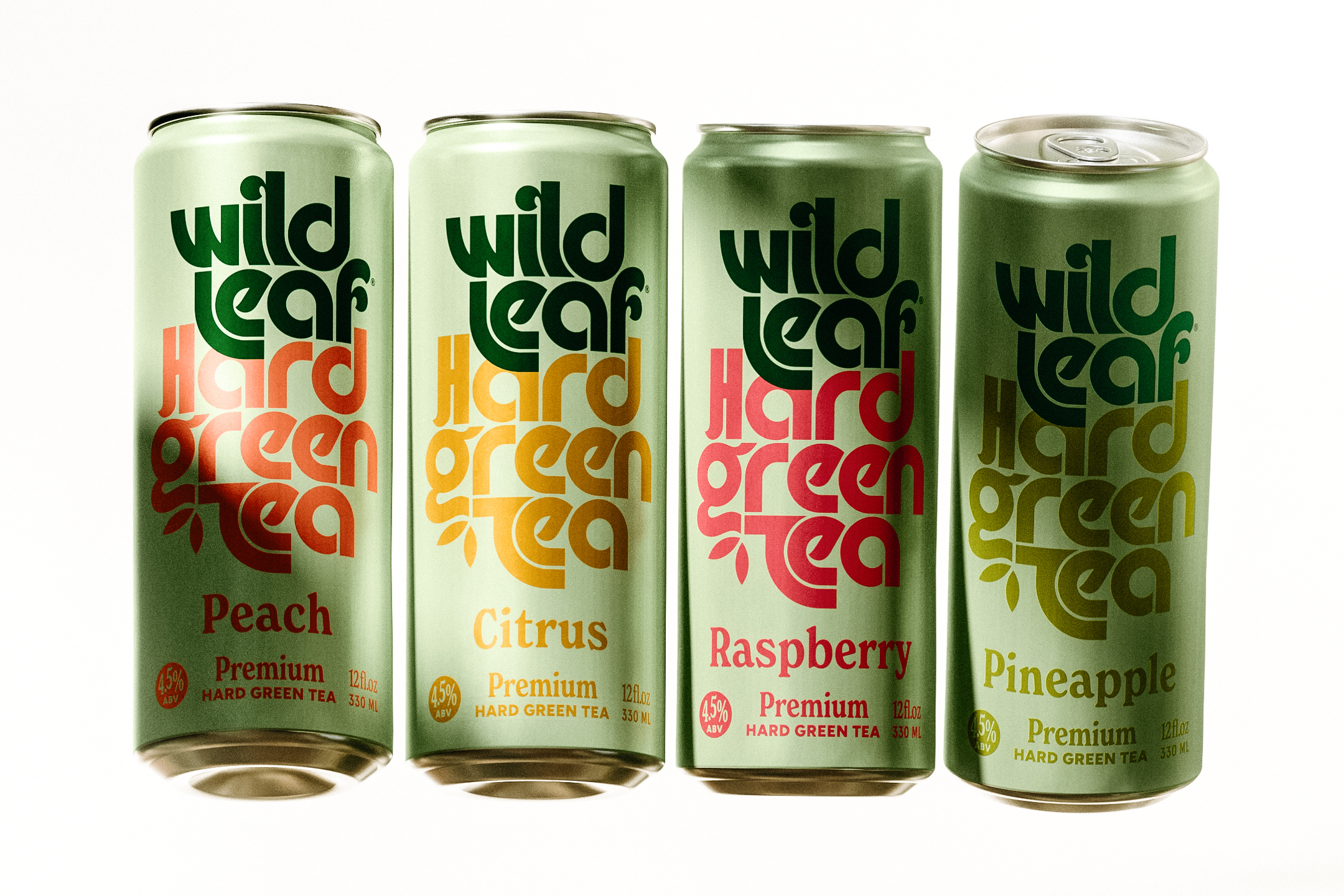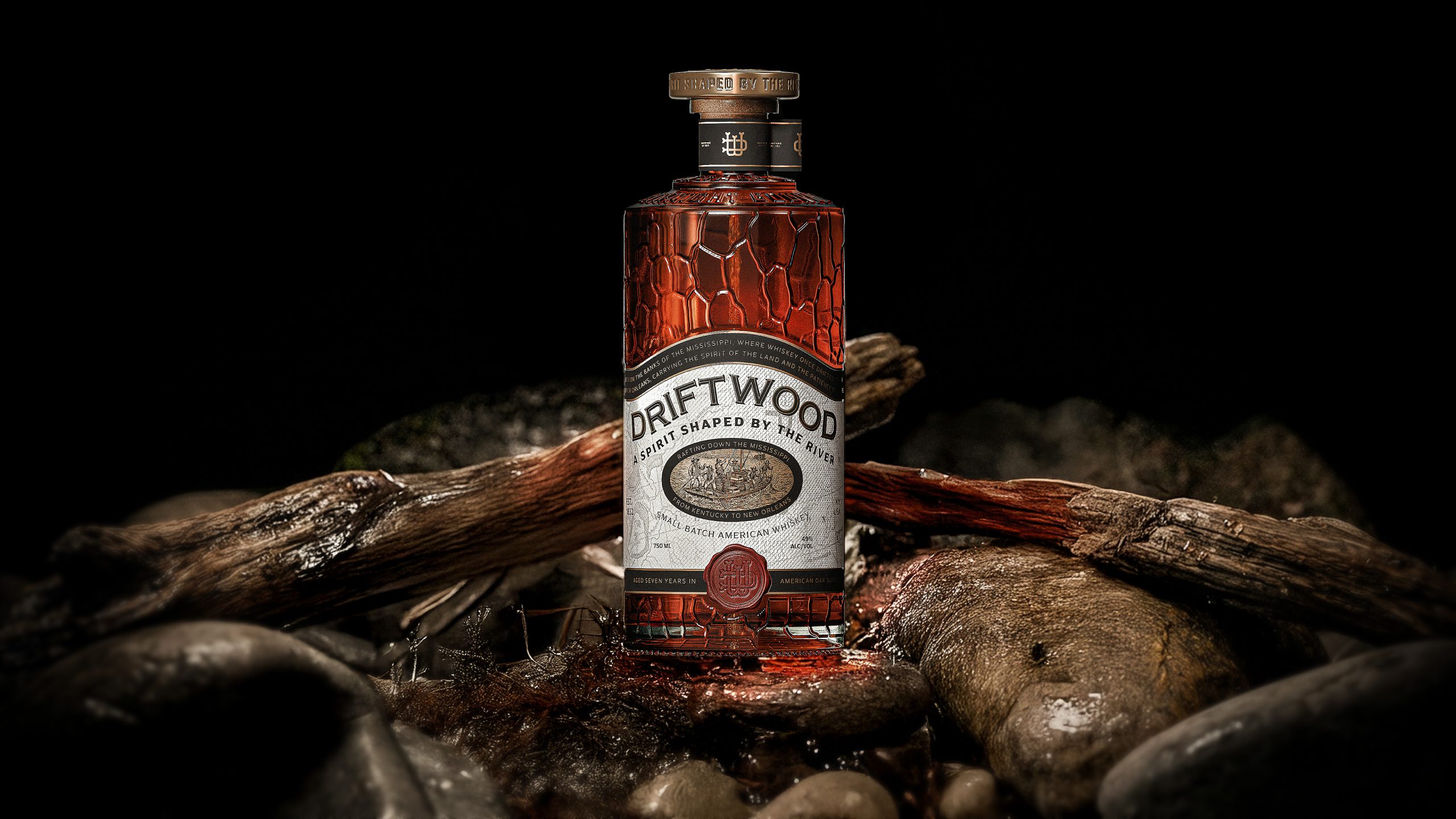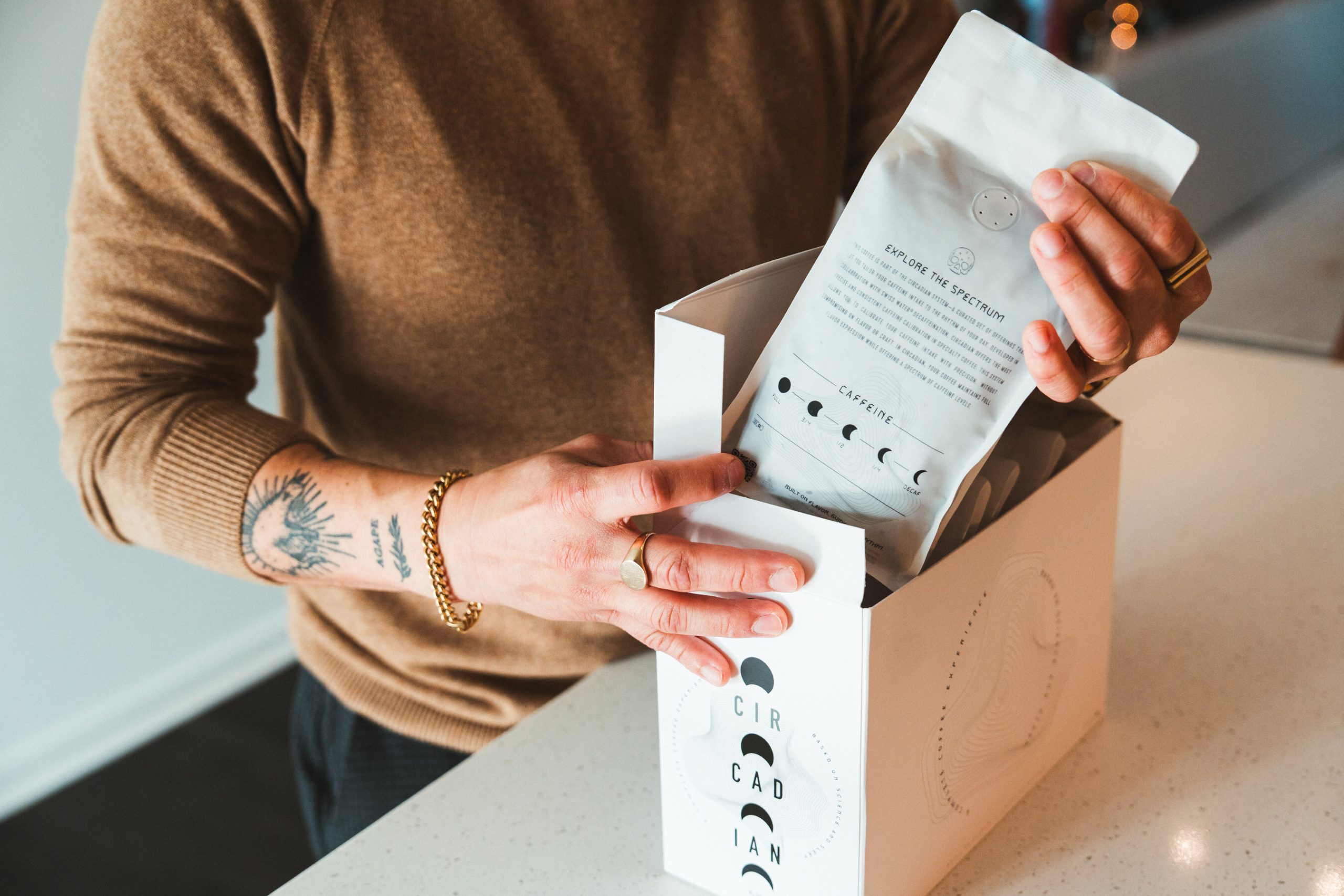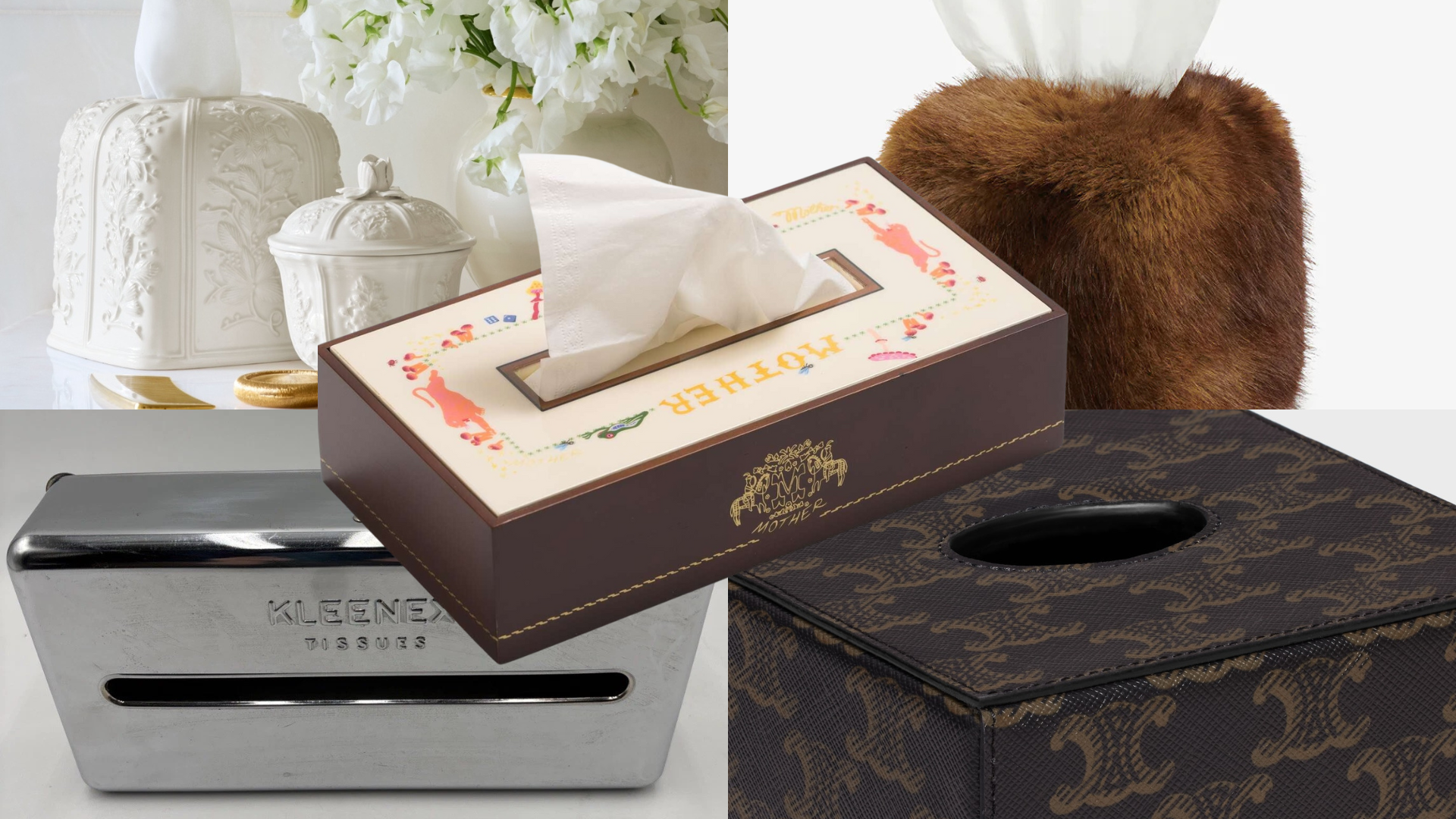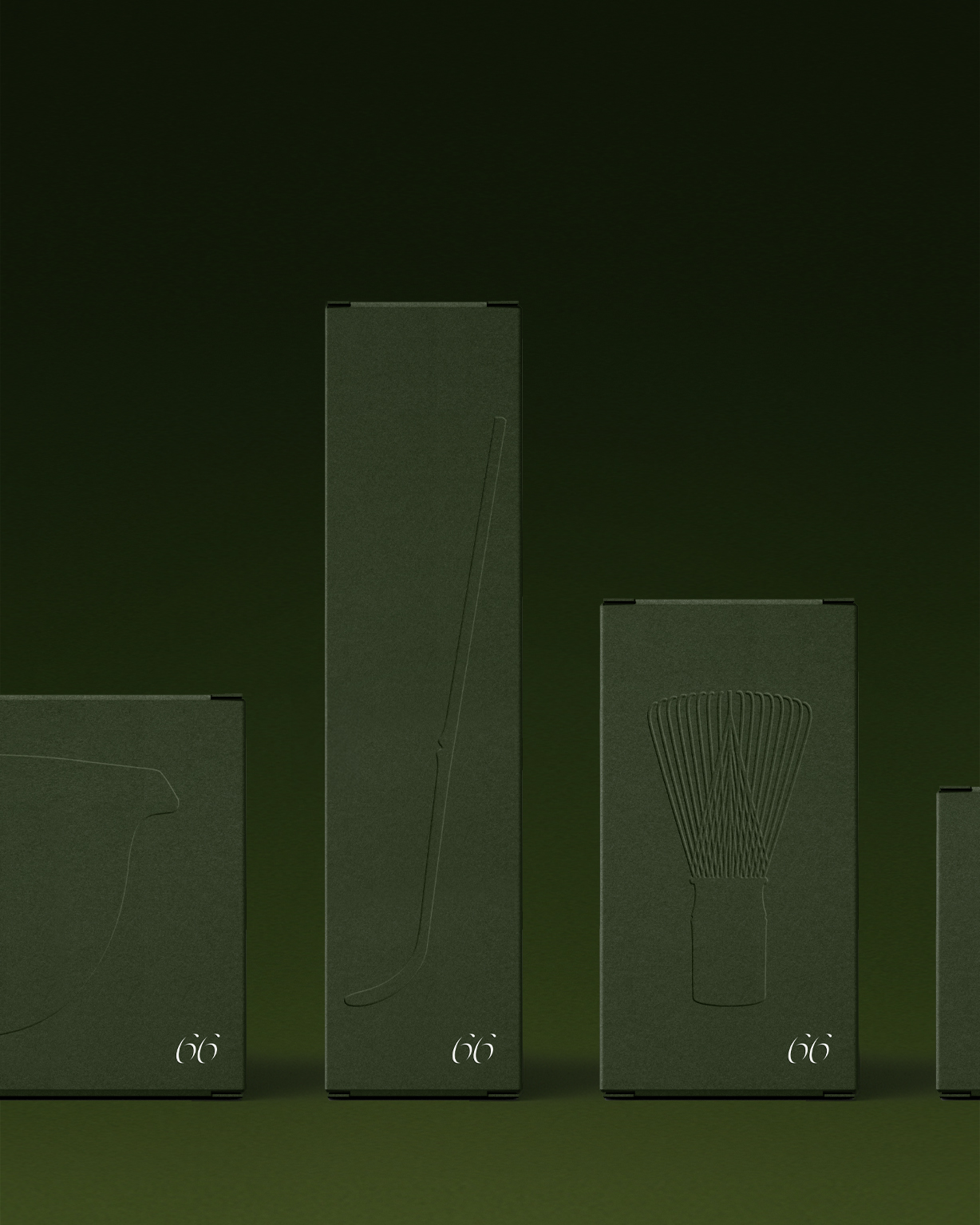2020 is finally here, and it’s that time of year where we get to play Nostradamus and tell you where the future of branding and package design is heading.
This is the first installment in our 9-part Trend Report for 2020; to view the other sections, click on the following hyperlinks to read about White Claw Summer, The Rise of Non-Alcoholic Booze, Monochromatic Packaging, Patterns, The Plant-Based World, Non-Binary Branding, Flexible Logos, and Material Innovation.
At the unripened age of 16, my favorite shirt was a Domino’s polo, procured from a friend’s older brother who delivered pizza part-time. I wore it once a week, and I would have worn it more if it weren’t for the unwritten rules of high school laundry. I couldn’t tell you why it was my favorite. Likely, I was trying to be funny, although after the 10th time someone jokes about where their pizza is, you’re kind of asking for it.

